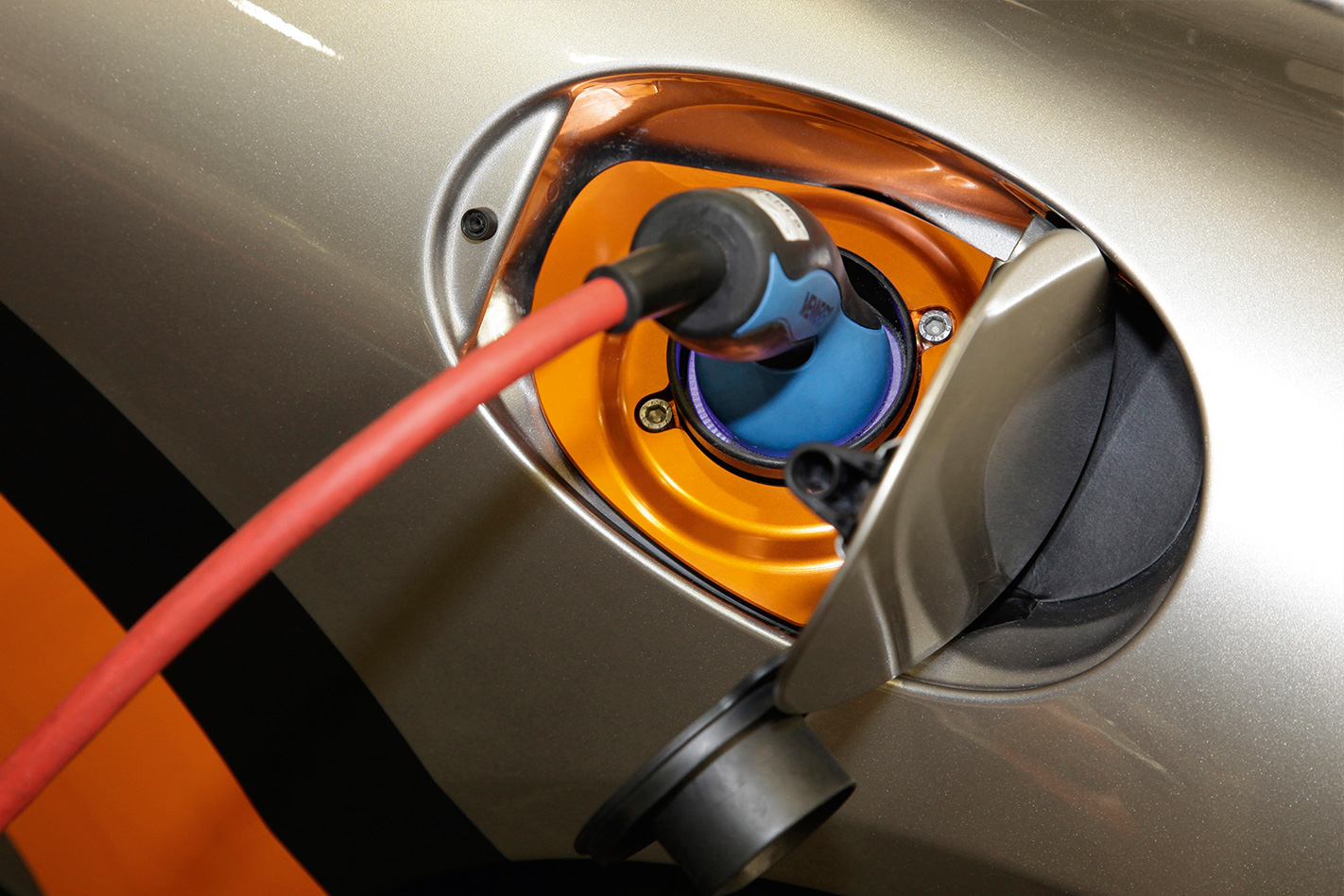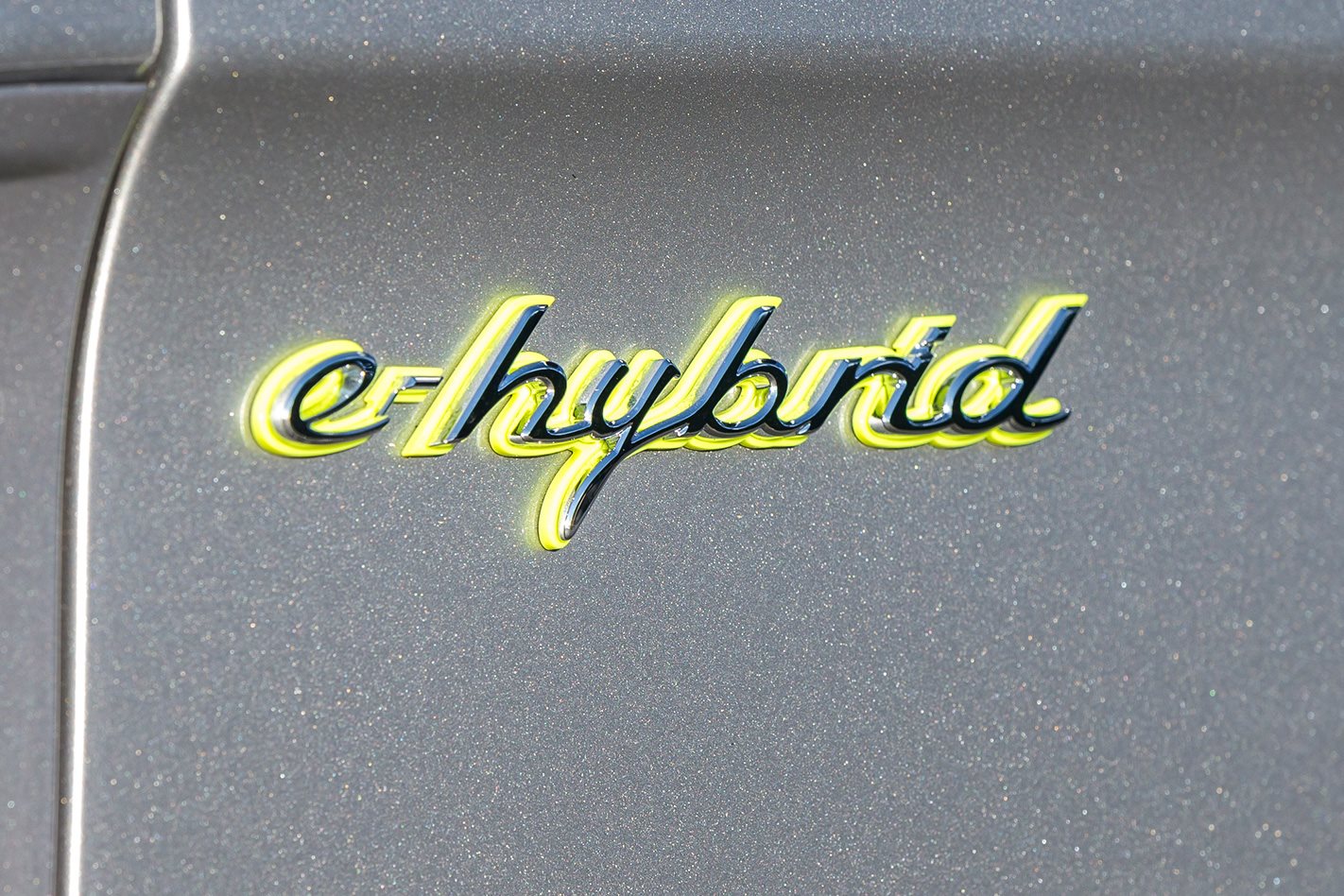PORSCHE’S new performance-preferencing hybrid strategy will follow the Panamera Turbo S E-Hybrid into other driver-focused models, and the iconic 911 has not been ruled out as part of the plan.
The flagship version of Porsche’s large luxury sedan leads the charge into hi-po hybrid territory and owes some of its DNA to the mighty 918 Spyder supercar, says Porsche, but the door is now open for the company’s first hybrid sports car to follow the Panamera’s lead.
Speaking at the Porsche Panamera Turbo S E-Hybrid’s global launch in Canada, Porsche global technical communications manager Herman-Josef Stappen said a 911 S E-Hybrid was on the wishlist but the company still needed to jump a number of critical hurdles.
“I think we can do it,” he said. “From a technological point of view it’s easy. You have the high-performance sportscar in the 918 Spyder so you can use the components and the knowhow to do this to the 911, but we are thinking about how many cars can we sell and will our customers accept it.”
“They (engineers) are looking at it constantly but it’s not decided yet.”

According to Porsche’s development team, the company is researching new lighter materials for both battery and motor technology but, for now, lithium ion cell systems represent the way forward.
A hybrid 911 is also dependent on maintaining a two-plus-two seating configuration, which Stappen explained is important to many 911 owners. The space behind the front seats would be one obvious location for hybrid batteries, but would likely eliminate the rear seats as a consequence.
Instead, Stappen hinted that a mid-engined hybrid such as the Cayman or Boxster might surface before an electron-burning 911.

The company has already hinted at it its intent to electrify the two-seater convertible with the Boxter E-Mobility concept which followed a pair of 987 Boxster electric prototypes in 2011.
Unlike the Panamera, which is a relative newcomer to the Porsche family, Stappen said customers may be harder to convince with a hybridised version of such a celebrated and longstanding model, but the 911 has previously successfully endured significant changes such as the switch to liquid cooled engines and, more recently, widespread turbocharging.

“If we bring a hybrid 911 it will be the best 911 ever.”
Before the decade is out Porsche will deliver its first pure EV, derived from the Mission E concept – another vehicle that prioritises high performance over environmental friendliness.
Beyond that, the next generation Cayenne and Macan SUVs are also likely candidates for electrification, adding more plug-in hybrid choices to the Porsche ranks.






